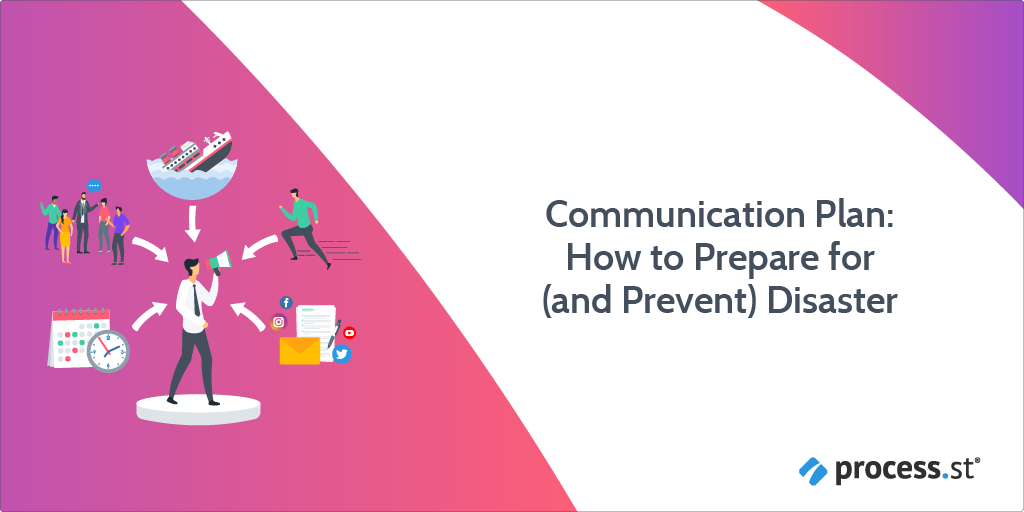
Who is Kanye West?
A musical genius? A passionate campaigner? Jesus? Or a spontaneous, unintelligible twitter ranter?
“I’m telling you, I am Warhol. I am the number one most impactful artist of our generation. I am Shakespeare, in the flesh. Walt Disney. Nike. Google…”
“A lot of people here felt like they lost. You know why? Because y’all been lied to. Google lied to you. Facebook lied to you. Radio lied to you”
“My greatest pain in life is that I will never be able to see myself perform live”
Kanye West is a brilliant example of how impulsive, unplanned communication can ruin a reputation.
But it’s not only famous celebrities that suffer the cost of off-the-cuff comms.
Unplanned communication is costing companies over $37 billion every year. This is no surprise when you consider that over 60% of companies don’t create or follow a communication plan.
It’s time to stop winging it and start planning it.
Read this Process Street post, grab our free communication plan template, and learn how to communicate properly, as we go through the following:
- The basics: What a communication plan is
- Three must-have communication plans
- Why having a communication plan is a no-brainer (with true stories)
- How to build a communication plan with Process Street
If you’re keen to start planning your communication right now, grab this free Communication Plan Template Checklist:
Click here to access the Communication Plan Template Checklist!
(Sign up for a free trial here, if you’re not yet a Process Street user)
Let’s start talking…
Continue Reading







 Workflows
Workflows Forms
Forms Data Sets
Data Sets Pages
Pages Process AI
Process AI Automations
Automations Analytics
Analytics Apps
Apps Integrations
Integrations
 Property management
Property management
 Human resources
Human resources
 Customer management
Customer management
 Information technology
Information technology










